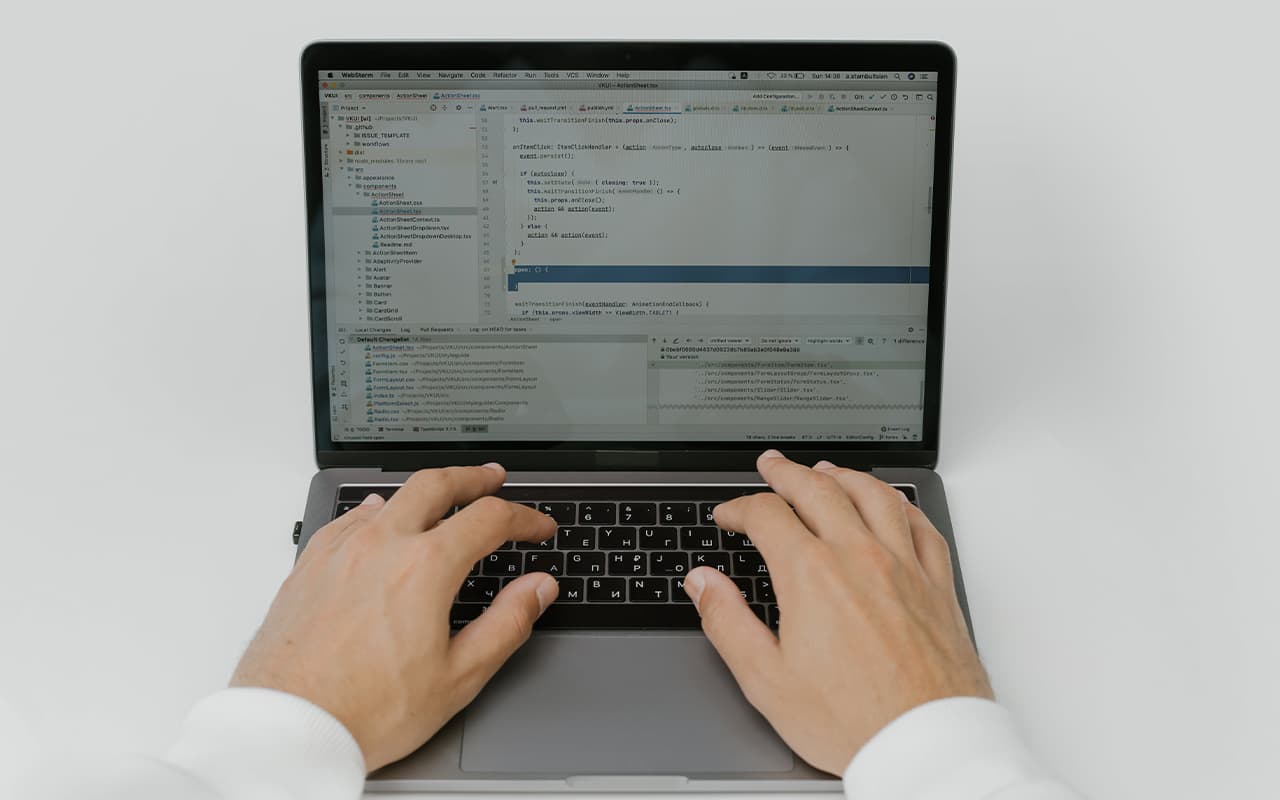Software security is not about strong passwords or authentication. It happens long before the product is built. By implementing best practices early in the design process, software developers can build strong security measures into every aspect of product design.
Software security is an ongoing process. You should always be working to improve security by investing in training, making security part of the software development process, and thoroughly testing for potential vulnerabilities.
Follow our 6 strategies to improve and maintain software security.
- Make security decisions at the design level
The best way to prevent security threats is to build security into the earliest stages of development. Keep software security in mind when making any design decisions to avoid disrupting the product with attacks.
Taking the time early in the design process will save time later on, and it’s much more cost-effective than the break/fix method of dealing with problems as they arise. You can protect software security and prevent security breaches as well as dangerous software defects if everyone on your team is engaged in security throughout the development process, especially when making important product decisions.
- Invest in team training and education
Security is only as strong as your weakest link, which is why it’s so important to invest heavily in employee training. Regularly training your team on software security best practices ensures that everyone is on the same page about what is expected, where in the software development lifecycle (SDLC) security is addressed, and how to keep up with the changing security landscape. - Establish policies and procedures
Your security policy should be clear and accessible to all team members. Make sure you have thorough protocols in place to ensure nothing slips through the cracks. - Build software security into your SDLC
Make software security part of your software development life cycle (SDLC). Intentionally including it in your SDLC ensures that building secure software becomes part of your standard business practice. - Complete risk analysis and thorough testing
Test, test, test. The sooner you notice a vulnerability, the sooner you can start fixing it. The more you test, the more likely you are to find problems, vulnerabilities, or software defects that cybercriminals are going to exploit. - Implement least privilege access
The principle of least privilege (PoLP), also known as the principle of minimum privilege or the principle of least authority, is an information security concept and practice that grants modules (such as users, applications, or processes) the minimum level of access or permissions required to perform their standard job functions.



